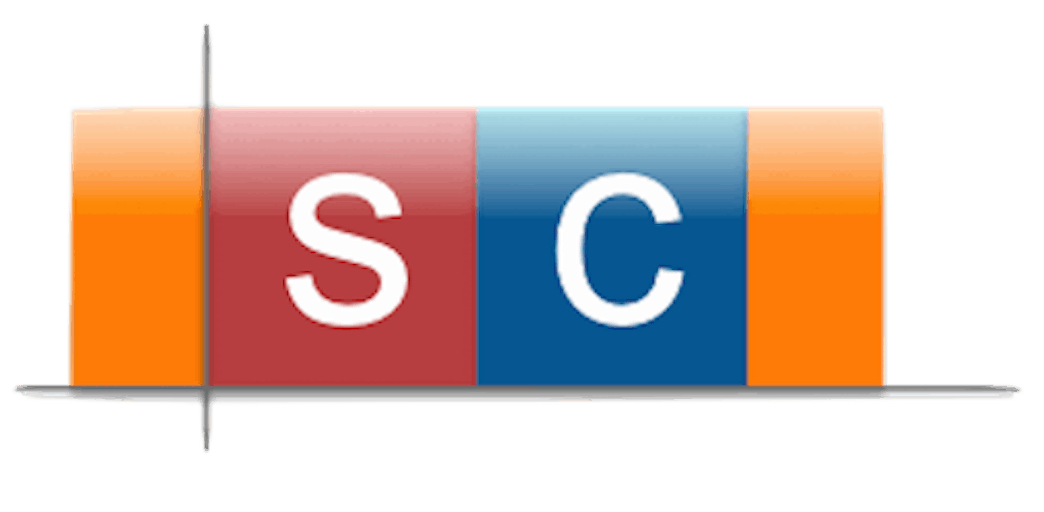I spent a good part of the day learning about Apache, the company ANSYS announced today it was planning to buy. While I can’t say that I understand exactly how PowerArtist, Totem, RedHawk and Sentinel work, here’s what I’ve learned since the first blog post summarizing the deal:
• Apache’s products analyze and optimize power usage in many of the gizmos we rely on today. The company’s software and methodologies are used by design engineers to reduce power consumption, ensure reliable delivery of power to integrated circuits (ICs) and electronic system components, and mitigate power-induced signal interference, or noise. Think cell phones, iPads, laptops, automobiles — anything electronic that draws power from a source or could suffer from interference, and you’ve got an idea of the potential applications.
• Apache is a ten year-old company headquartered in San Jose, CA with a staff of 275 employees in offices in Austin, France, Israel, Japan and Korea and R&D centers in China, India and Taiwan. The company was founded in 2001 “with the vision of solving critical power analysis and optimization challenges encountered by designers of ICs and electronic systems”. Apache filed an S-1 (the registration statement for a public offering of its shares) in March 2011, looking for added capital to fund growth and provide liquidity for its employees. [A lot of the stats in this post and the quote above come from the S-1.]
• The company introduced RedHawk in 2002, which it says was the first dynamic power and noise analysis platform for the design of complex ICs. Sentinel was introduced in 2007, Totem in 2009 and PathFinder in 2010. The 2007 acquisition of Optimal Corporation led to the release of Sentinel and the 2009 acquisition of the assets of Sequence Design, Inc., led to PowerArtist. This diagram, from ANSYS’ presentation today, shows where each product is used:
• Apache’s revenue has grown steadily over the last 5 years, with revenue increasing about 30% per year from $15 million in 2006 to $44 million in fiscal/calendar 2010. The company has reported a net profit of about $3 million for each of the last three years.
• Nearly 60% of Apache’s sales come from the US; 15% from Europe, the Middle East and Africa and only 30% from Asia, giving ANSYS the opportunity to leverage its sales channels to grow revenue. Apache says its products are typically sold direct and require significant services — it’s therefore not too likely that this will see a big push through ANSYS’ indirect channel, at least not soon.
• Apache has 127 total customers and has more than doubled its overall customer base over the last three years, even as the global economy did its tailspin. To date, the majority of revenue has come from a very small number of clients: according to the S-1, “in 2008, 2009, and 2010, [Apache’s] largest customer, which was a different customer in each year, accounted for 8%, 12%, and 11%, respectively, of [] revenue, and [its] ten largest customers accounted for more than 62%, 68%, and 59%, respectively.” This kind of concentration equals risk, in case a key account fails to renew or a vertical is hit by another recession; ANSYS will clearly seek to diversify this base as quickly as possible.
• The vast majority of Apache’s revenue comes from software leases. According to its S-1, the majority have 12- to 36-month terms. ANSYS appeared to indicate that it was weighted toward the longer term, which will affect the accounting treatment of the acquisition but adds greater stability and visibility to ANSYS’ forecasting.
• Apache holds 32 U.S. patents and one non-U.S. patent, and has two pending U.S. and one non-U.S. patent applications.
In a conference call for investors and in materials filed with the SEC, ANSYS laid out its reasoning for the acquisition. ANSYS sees Apache as having complementary technology, vision and company cultures, which will make a unified offering and go-to-market approach more readily achievable. ANSYS CEO Jim Cashman said that many of Apache’s customers are already ANSYS accounts, so this wasn’t really a deal to acquire new customers but rather to present a more comprehensive, unified solution for chip, package and board simulation. Apache’s solvers are complementary to those already in the ANSYS portfolio and will enable the company to combine on-chip power technology with electromagnetic field solvers.
ANSYS foresees a very smooth integration, if and when the acquisition closes. As of today (and this may change once the deal actually closes) ANSYS does not plan to significantly change Apache’s products, but will integrate them within ANSYS Workbench. The companies do intend to combine the Sentinel product line and ANSYS field-solver technologies over time.
One thing that did not come up on the analyst call was the price the companies have agreed on. Apache had revenue of $46 million in the 12 months ended March 31, 2011, net income was likely around $3 million and the company has $29 million in cash on its balance sheet. ANSYS is going to pay $310 million (including that $29 million from Apache) for the company — it appears to be a strategic fit, but seems rather expensive to me. Of course, if one looks at this from the perspective that ANSYS is buying a chunk of business that is growing at around 30% per year, the deal appears a lot more attractive.
Shareholders seem lukewarm on the acquisition, as the share price has been flat to down about 0.2% during the day.




